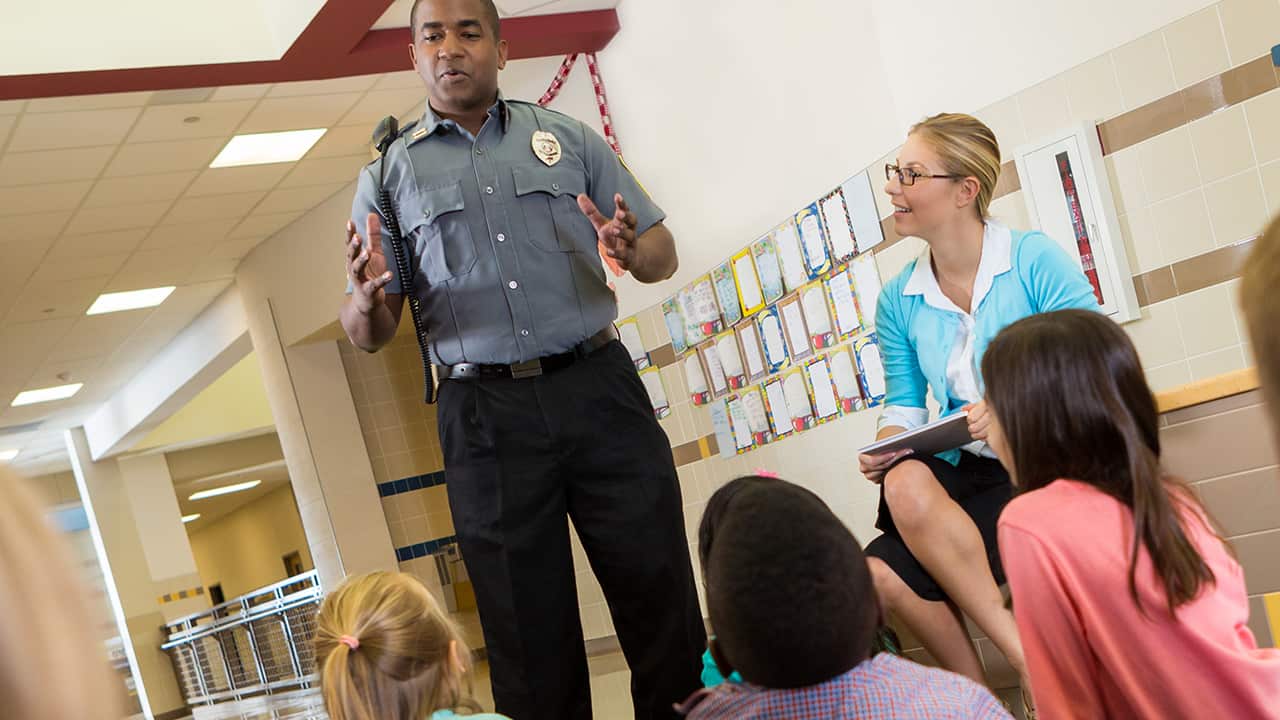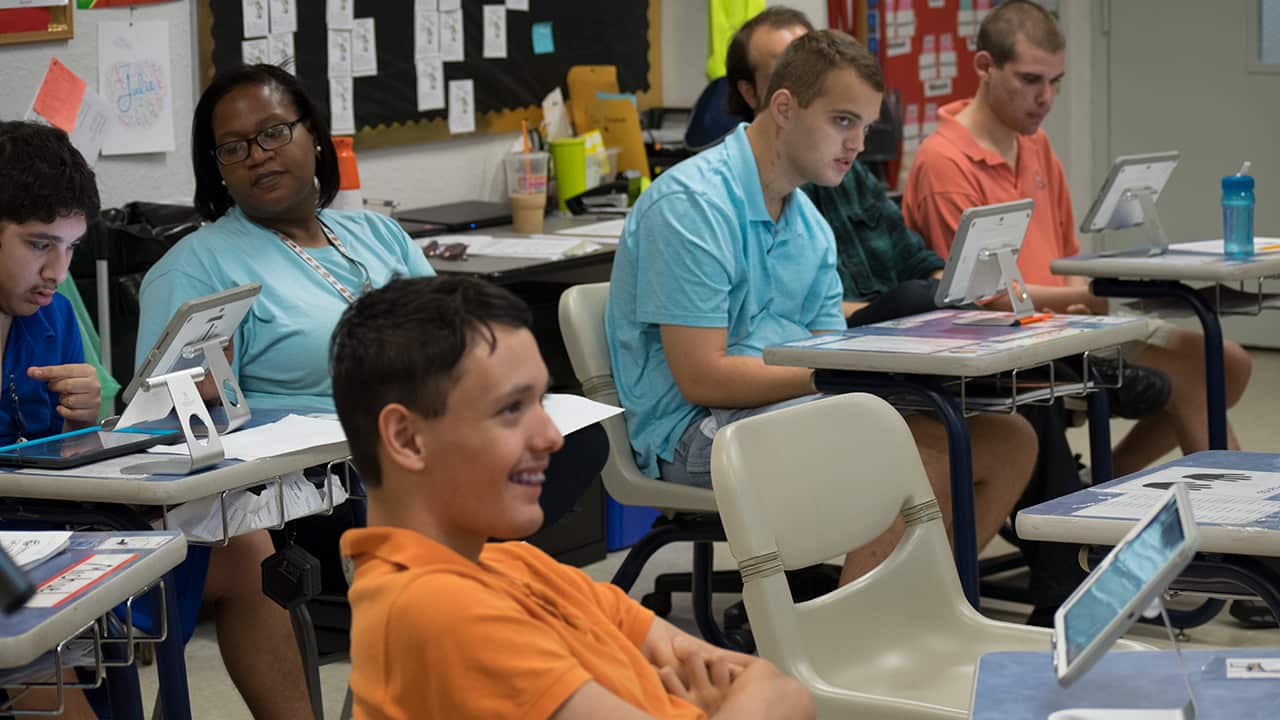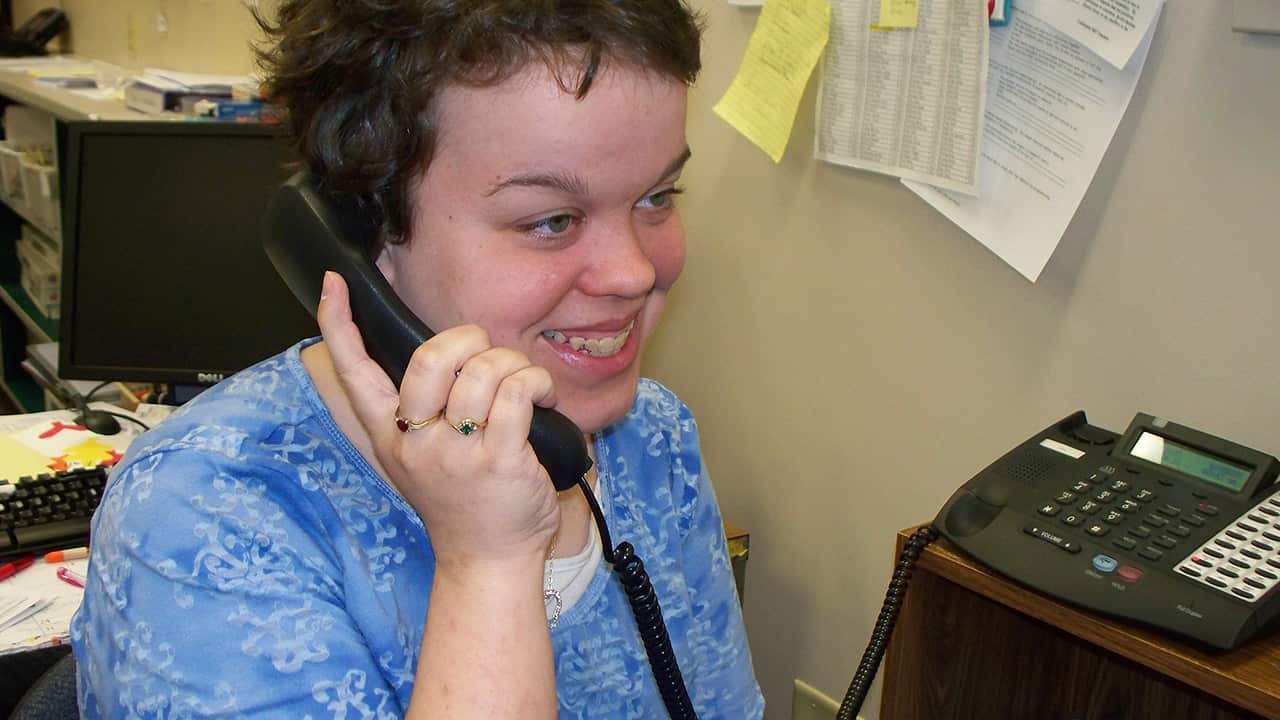Many special educators, of course, empathize with how difficult it can be to raise a child with disabilities, but do we really know what the parents of our students are thinking? Do we ponder what they need from us? We know a big part of our job is to nurture students and provide a safe place for them both physically and emotionally, but we also need to be a support system for parents. Here are some ways we can dig deep to do so.

Communication
Forming a positive and respectful relationship from the beginning
- Learn about a family’s preferred communication method (phone, text, email, written letter).
- When communicating with a parent, be thoughtful. For example, if you are calling a parent on the phone, first ask if it is a convenient time for them to talk. Intentionally ask by what name the parent would like to be addressed and be sure to pronounce their name correctly.
- Consider having a conference before meeting their child. Allow the parent to share everything they can about them, including strengths, concerns, and any supports that would help the student and family throughout the school year.
- Host an information night for parents by inviting guest speakers from the community or local college to help parents learn about a relevant topic. If you are serving your students remotely, set up an online meeting with local experts and invite all parents to join!
- Set up a mentoring or buddy program to pair a new family with one who has already been there and is familiar with the school, class, and community.

Commitment
Involving parents in their student’s daily life
- Create opportunities for parents to come to your classroom to celebrate success, share their own knowledge, and learn! Why not start a parent university or conference-style meeting with break-out sessions so parents can learn more about topics that interest them?
- Have a parent night online or on-site for networking. You could invite them to be mystery readers in your classroom, host an art show showcasing their children’s masterpieces, or update them on progress in the curriculum, so they feel included on their child’s journey.
- Ask parents to attend your next online class meeting to read their favorite book, demonstrate how to cook their favorite dish, or teach everyone about their culture, profession, or hobby.
- Set up regular office hours on a consistent day and time. This will allow for dedicated times that students and/or parents can meet with you, whether to discuss a concern or simply build rapport.

Reaching out
Keeping the momentum going
- Be honest about what you are seeing the student do in the classroom. Collaborate with the parents to determine what is and is not working so support can be carried over to the home space.
- Provide meaningful insight into student performance that brings value to the conversation. Use terminology that parents will understand, and support your findings with formative, summative, and observational data.
- Be a good listener and validate a parent’s concerns. Focus on collaborating with the parent in meaningful ways.
- Reach out when the student is doing something good. Make a phone call or send a quick note to parents to recognize a job well done.
- When young adults are “aging out” of school, remember that this is a major transition for parents, too. Assist them in this process by helping them to build a relationship with the transition specialist, community resources, and other support systems.



